Artist Spotlight, History Of Comics
Stan Lee, Marvel Comics Co-Creator, Remembered
by Joshua H. Stulman
Stan Lee’s passing this week at the age of 95 marks the end of comics’ golden age era of creators. Perhaps the most prolific writer of comics, Stan Lee held the unique position of acting as editor, art director and ultimately publisher of Marvel Comics in a career spanning from 1941-1998. Lee lead the company from near bankruptcy to media giant. In later years, Lee attained iconic status in pop culture through his many cameo appearances in the Marvel Cinematic Universe of movies.
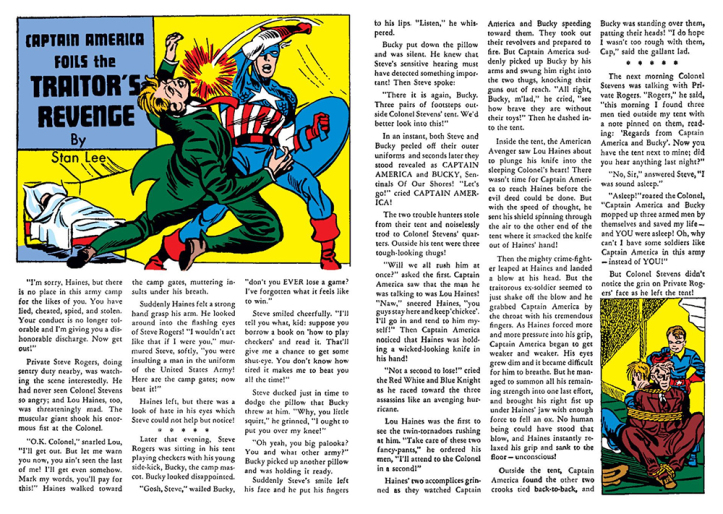
Stan Lee entered the already busy comic industry as a teenager in the early 1940’s. His uncle, Martin Goodman, had established Marvel Comics (then called Timely Comics) with the debut of the Human Torch, Submariner, and Ka-Zar in Marvel Comics # 1 (1939). Later Goodman hired the team of Joe Simon and Jack Kirby, who created Captain America in 1941. Simon served as Marvel’s first editor. The young Stan Lee entered the field as a gopher, filling ink wells, getting coffee, and assisting in any production work. Eager to become a writer, Simon assigned Stan Lee an all text story page in Captain America # 3. Simon gave Lee additional work, mostly writing back up features to the main title. When Joe Simon and Jack Kirby left Timely for work at DC and other publishers, Goodman made Stan Lee the interim-editor of Timely. The young Stan Lee seized the opportunity and organized Timely’s super-hero brand as well as its humor, and teen titles as well. Lee served state-side during World War II as a “playwright” creating entertaining and educational material for the US Army.
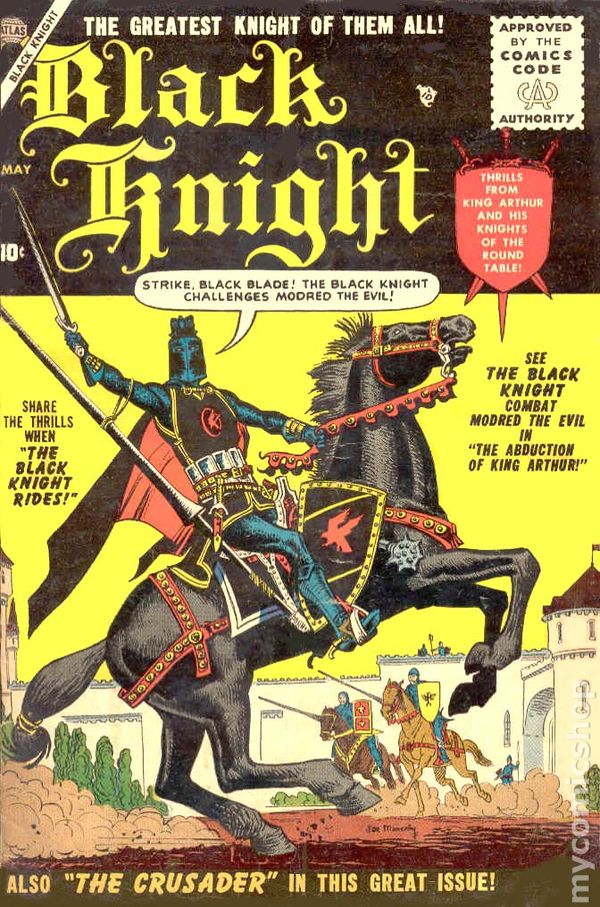

As the super-hero genre faded after World War II, Stan Lee kept Timely afloat by following the popular trends including, westerns, romance, and science fiction. During the 1950’s Timely re-branded itself as Atlas. Ever the marketing genius, Stan Lee understood the power of nostalgia. 15 years after their debut, Stan Lee returned to Marvel’s original heroes The Human Torch, Submariner, and Captain America to re-introduce them to a new generation. Rebranded to fight communism, the damage by Dr. Wertham’s anti-comics crusade was too fresh for the hero line to overcome. By the late 50’s Atlas had significantly reduced its staff and fired much of its full time artists. Surviving on a skeleton crew, Stan Lee continued Atlas relying heavily on Jack Kirby’s popular monster/science fiction stories. Stan Lee often skimmed concepts from popular TV shows, like the Twilight Zone, for his comic books. Lee was also keenly aware of the success of Julius Schwartz’s super-hero revival at DC Comics (Flash, Green Lantern, Justice League).
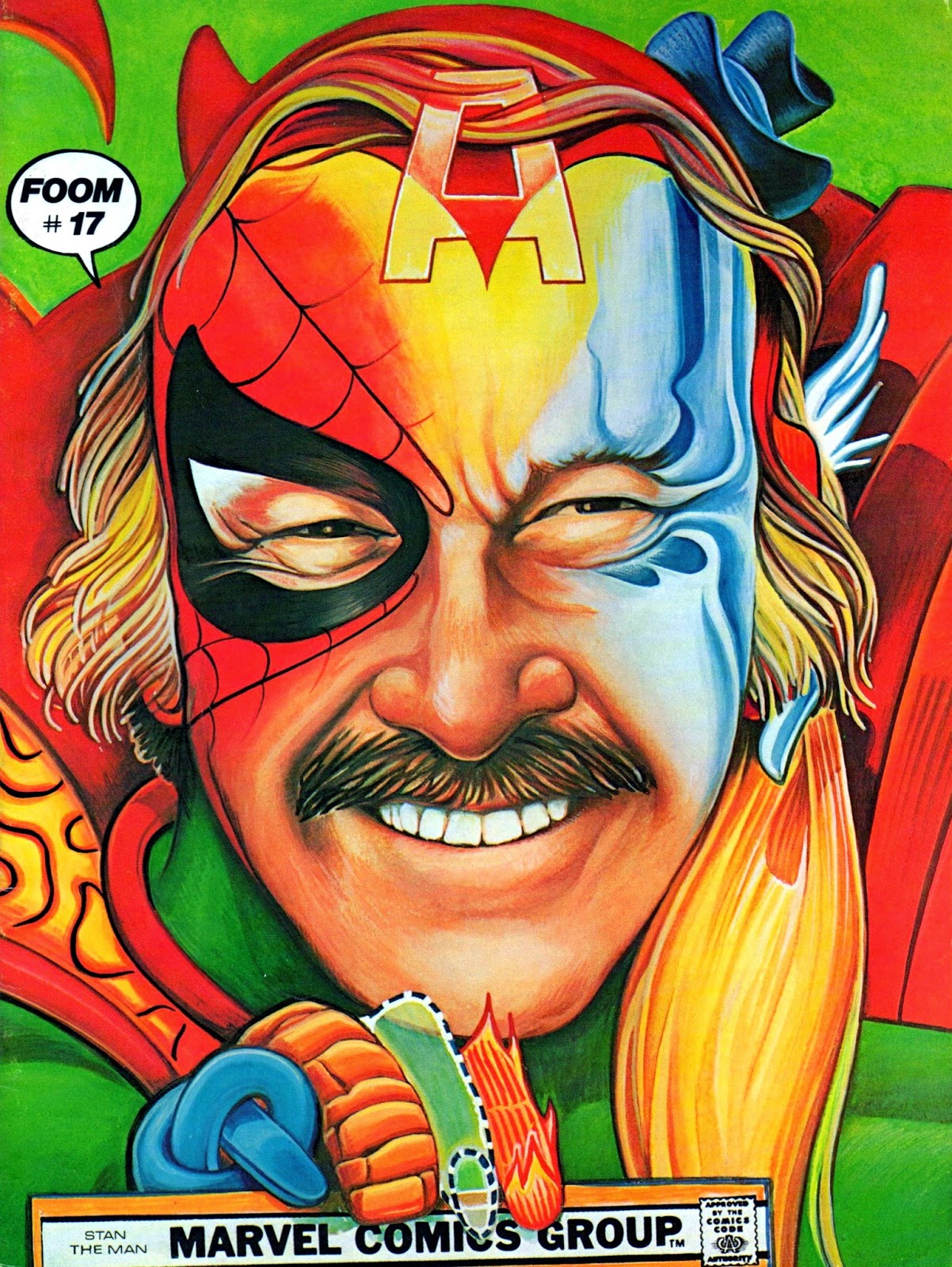
As lead writer, Stan Lee, along with his brother writer/artist Larry Lieber began to transform their Twilight Zone themed comics and monster comics into a new type of super-hero. Lee teamed with veteran artist Jack Kirby to debut their science fiction/super-hero drama, The Fantastic Four, in 1961. The concept was a re-working of Kirby’s previous creation for DC called Challengers of The Unknown. As the book found Marvel new success, Stan Lee and Jack Kirby continued to expand Marvel’s super-heroes. The team of Kirby and Lee laid the foundation for Marvel’s new age of heroes including: The Hulk, Iron Man, Ant-Man, the Avengers, the X-Men, the Silver Surfer and their many villains. Lee re-hired comic veterans like Submariner creator Bill Everett with whom Lee created Daredevil, and newcomer Steve Ditko which lead to the creation of Doctor Strange and Marvel’s mascot, The Amazing Spider-Man.
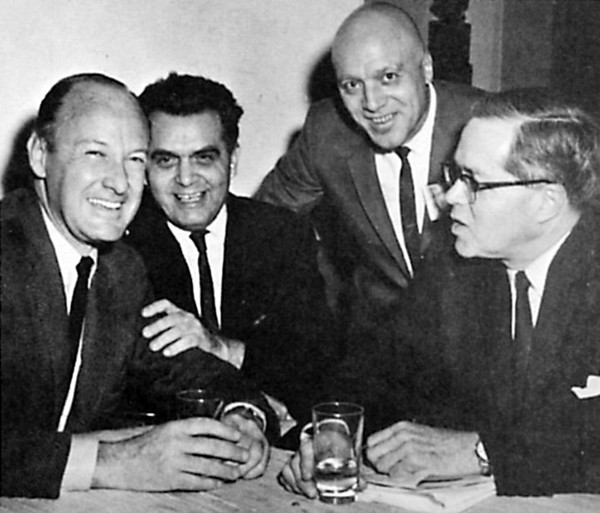
To help manage the increasing demand for Marvel super-heroes, Stan Lee adopted a style of producing comics quickly called the Marvel method. Here, Lee would assign the artists a general story plot to which the artist would create all the visuals and story telling. After the initial art was completed, Lee would script the story to fit the artwork. Lee’s writing style was a unique blend of science fiction themes merged with the drama of the Romance genre and humor. His super-heroes suffered the same problems and worries of everyday people. No other comic creation symbolized this more than Spider-Man, his most endearing and successful comic creation.
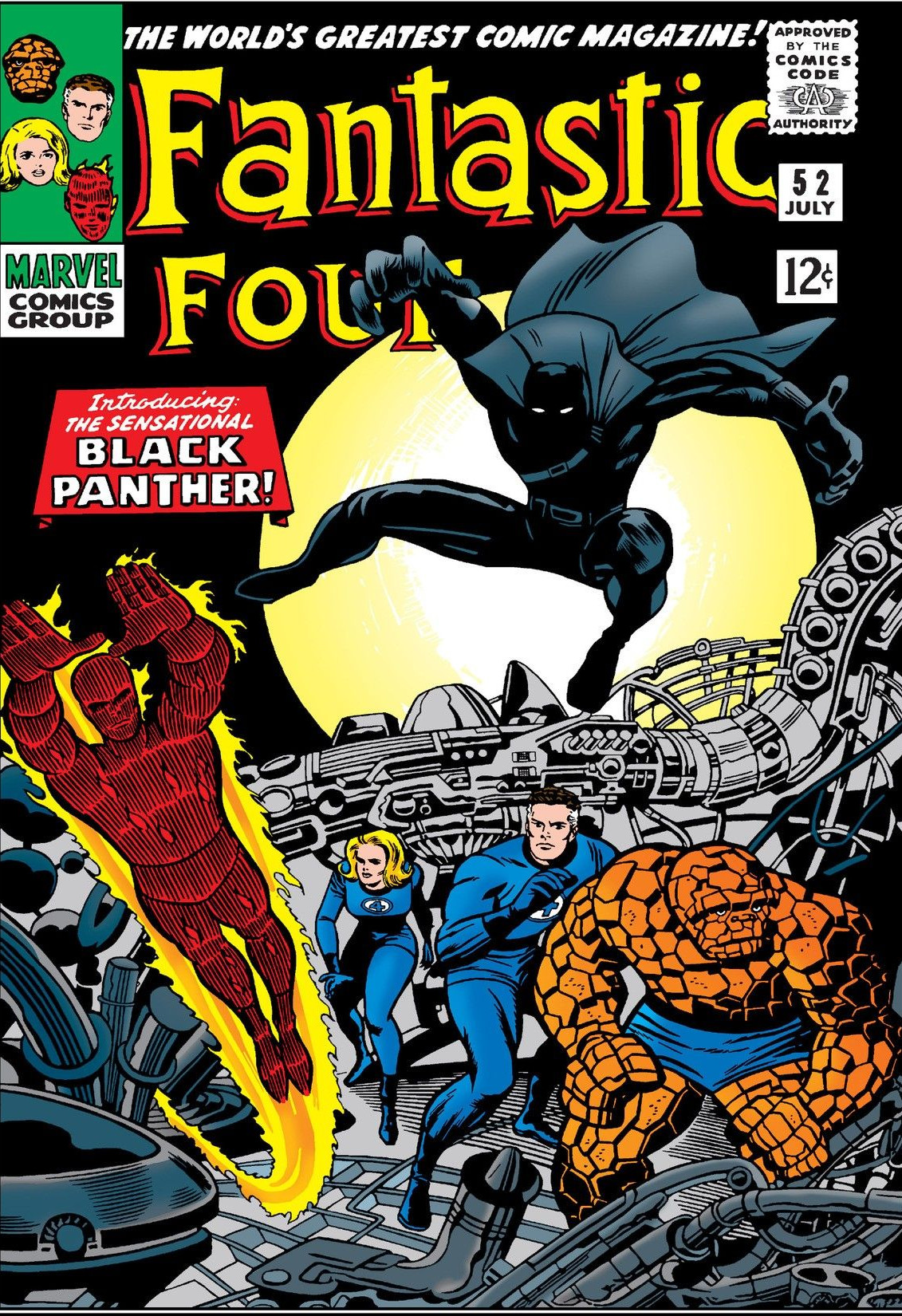
Stan Lee’s characters related to a maturing reading audience. Soon Marvel fan clubs were popping up on college campus and Lee visited them becoming know as the ambassador of comics. Lee nurtured the developing fan culture in the letter pages Marvel Comics which were both promotional and progressive, addressing the politics of the time. Stan Lee embraced the changing tone of society during the 1960’s. With Jack Kirby, he created the Black Panther (the first black super-hero) and introduced African-American supporting cast members to many of his comics, most notably in Spider-Man.

Amidst the Hippie counter culture of the late 1960’s, Stan Lee reflected the anti-war movement in comics while at the same time maintaining a middle tone. Lee fearlessly embraced the civil rights movement and raised awareness of racism in his Soapbox letter collumn. He also defied the Comic Code Authority censors by penning a pivotal Spider-Man story centered on the drug addiction of Peter Parker’s best friend, Harry Osborn. The first of its kind, Stan Lee ran the anti-drug story without the Comic Code Authority stamp of approval.
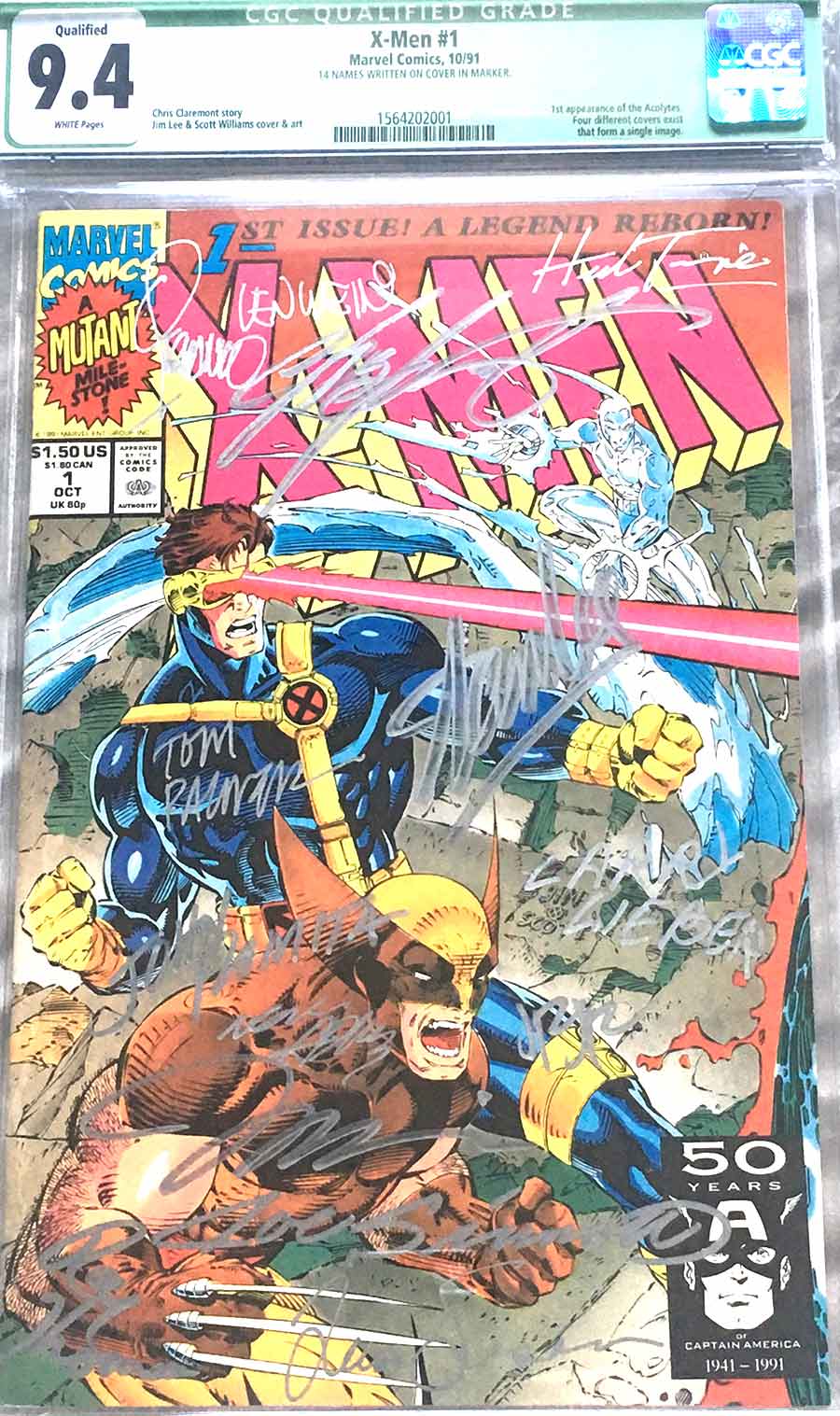
By the 1970’s Stan Lee had transitioned from editor to publisher and began to oversee Marvel’s expansion from publishing to entertainment media. Relocating to California, Lee helped produce the widely successful Incredible Hulk TV series. Lee also helped to develop Marvel’s animation studio, Marvel Productions, in the 1980’s-1990’s. The animation studio produced the widely successful G.I. Joe, Transformers and Spider-Man and His Amazing Friends cartoon series. He paved the way for Marvel films in the late 1980’s that would later prove successful in the early 2000’s with Fox’s X-Men franchise. Stan Lee would eventually retire from Marvel in 1998 but retain the title Chairman Emeritus until his death.
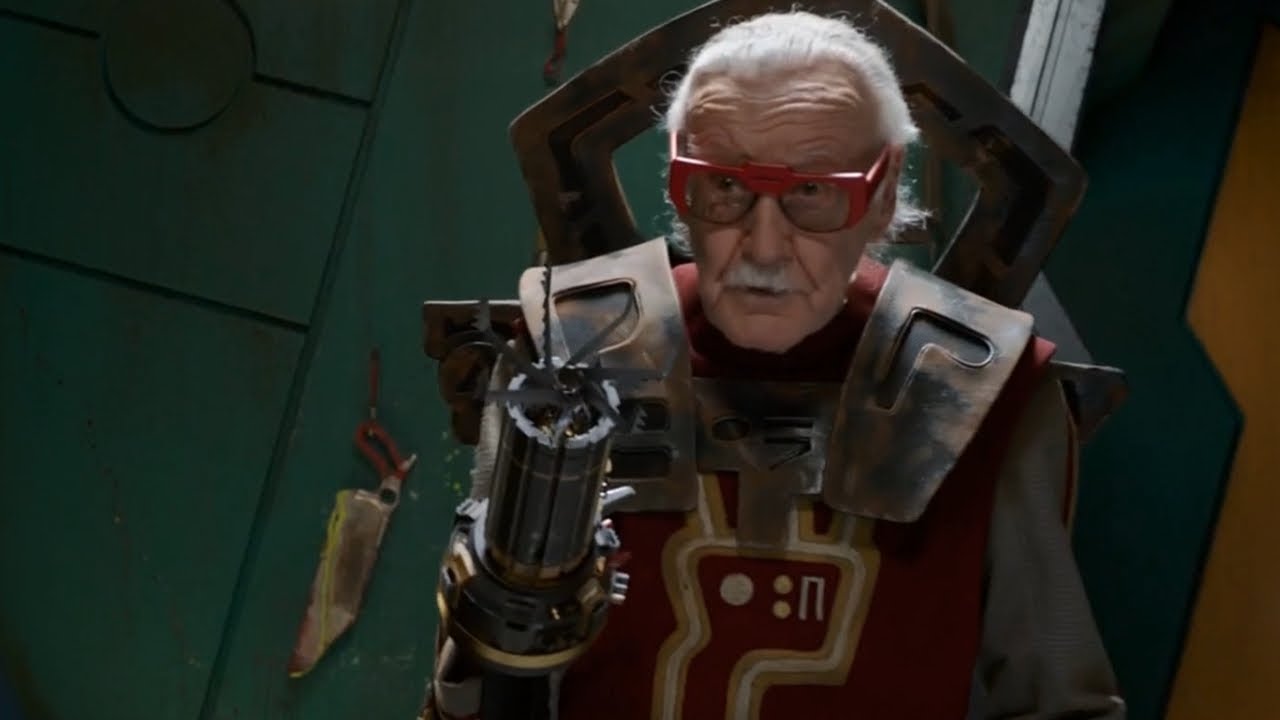
The later part of his life saw his expansion into entertainment media under his new company POW Entertainment. Stan Lee participated in many comic book themed ventures and TV shows. Most casual comic fans recognize Stan Lee for his many cameo appearances in Marvel films. Earlier cameos were brief appearances. Later films, had Stan Lee appear in brief comedic bits.
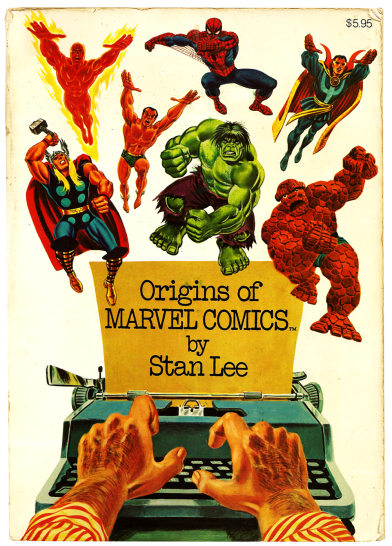
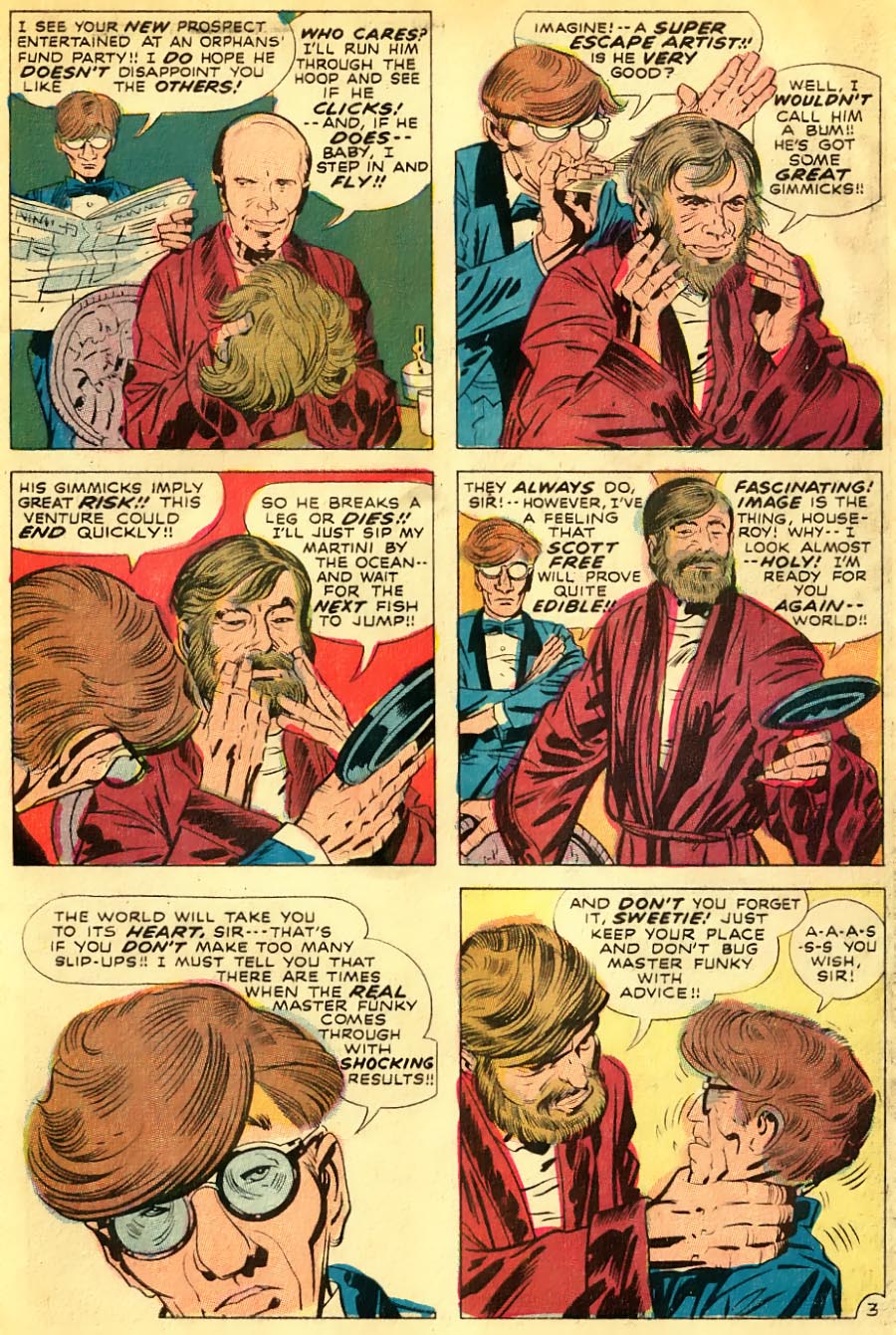
Stan Lee was not without a tremendous amount of controversy among the comic industry. His ambition and unique position as both writer and boss, caused friction between him and many of the veteran artists. Most famous was his falling out with Steve Ditko over the direction of the Amazing Spider-Man in 1966, and later with Jack Kirby in 1969. Stan Lee, as writer and organizer, saw himself as the primary creator. The artist was considered by him to be a neccessary tool of the medium. Although Stan Lee gave credit to the production team and artists who worked on Marvel Comics, later graphic novel collections only credited Stan Lee as author. As Marvel expanded, they produced a ton of advertising material and press that gave sole credit to Stan Lee. Kirby would later parody Stan Lee as the Funky Flashman, a bald, scheming and petty villain with a penchant for wigs in the pages of DC’s Mister Miracle. Stan Lee allowed his name and tagline “Stan Lee Presents” to be used in conjunction with Marvel comics he had no part in creating (similar to Walt Disney Presents) throughout the 1990’s.
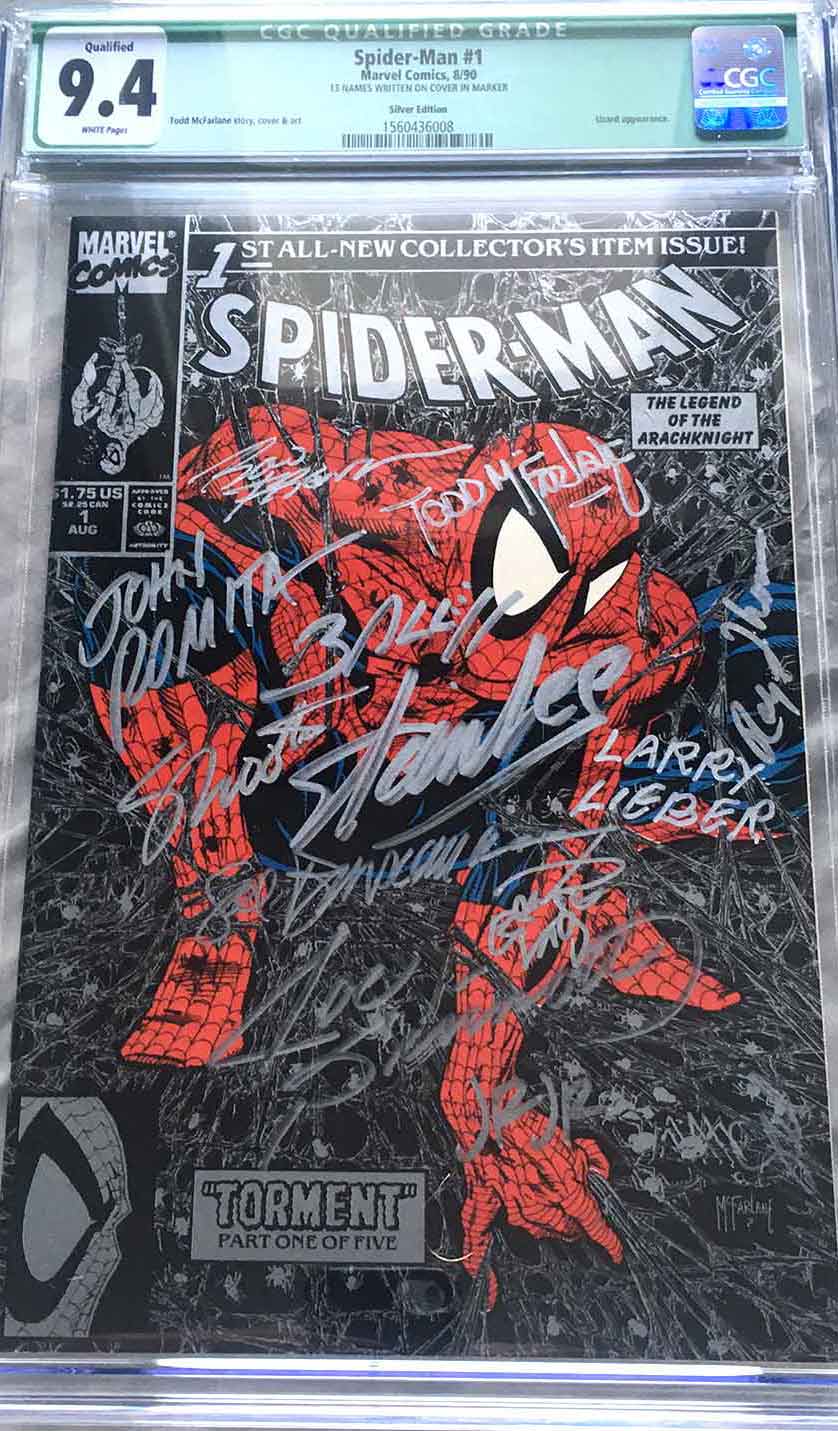
Unlike many of the Golden Age comic creators, Stan Lee was blessed to live long enough to see the realization of the comic medium into the leading entertainment in pop culture it had always been envisioned to be. Almost 80 years in the comic business, Stan Lee seemed to live to work. His work was his play. Even at 95, he remained the enthusiastic 19 year old who entered Marvel looking to write the great American novel. Excelsior!
Joshua H. Stulman
Owner, BrooklynComicShop.com

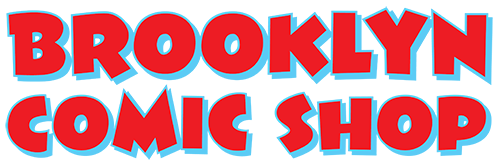
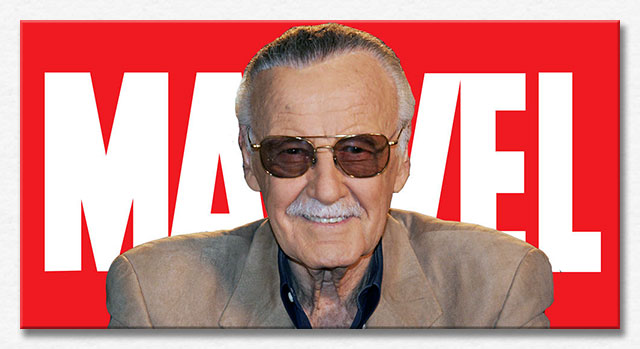






Leave a reply